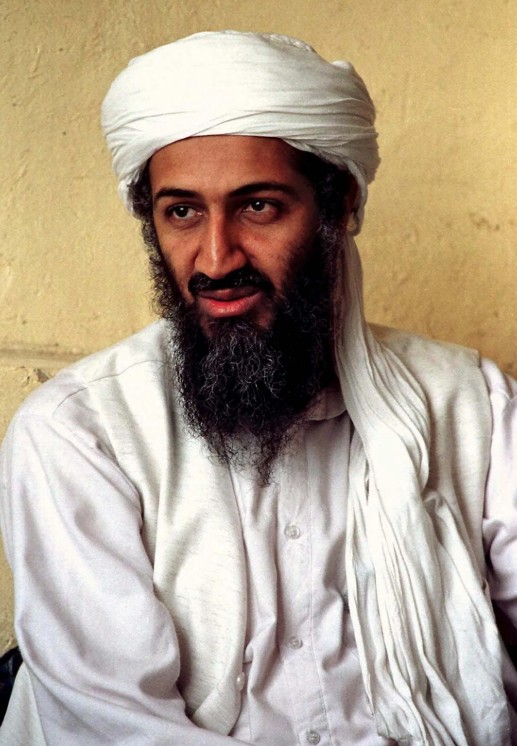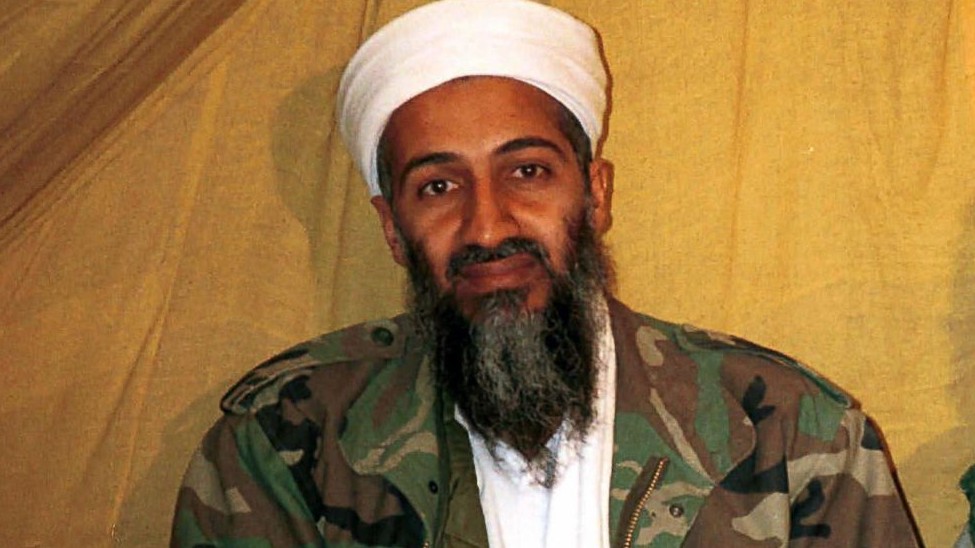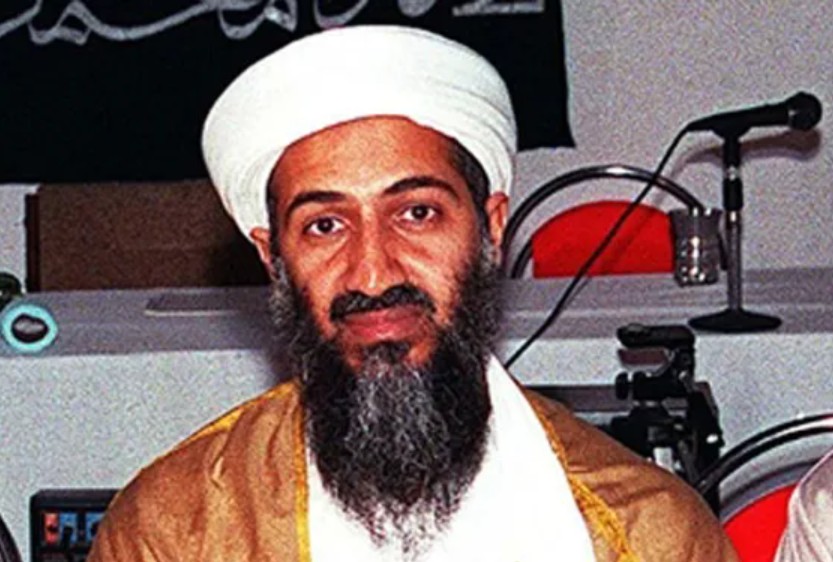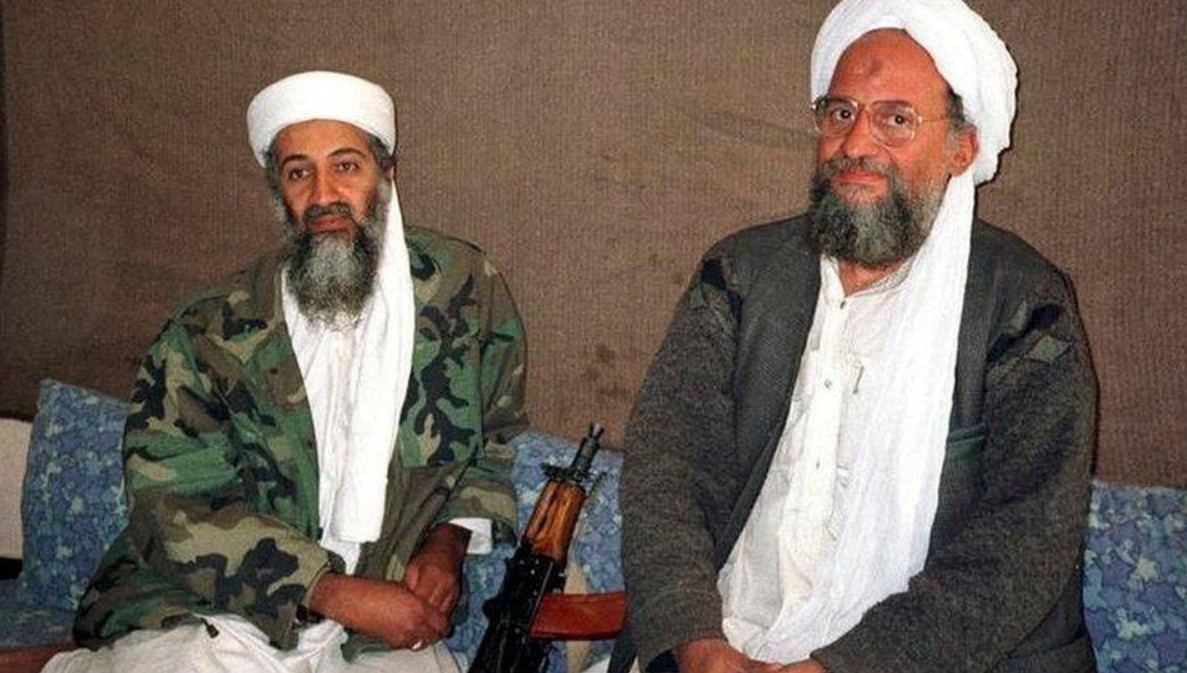Osama Bin Laden Death and Global Reactions
Osama Bin Laden, born on March 10, 1957, in Riyadh, Saudi Arabia, remains one of the most infamous figures in recent history. As the founder and leader of al-Qaeda, he orchestrated some of the deadliest terrorist attacks in modern times, most notably the September 11, 2001 attacks in the United States. His life journey from a wealthy Saudi upbringing to becoming the mastermind of global jihad left a lasting mark on international politics and security. The Osama Bin Laden death in 2011 symbolized both the end of an era and the continuation of challenges posed by extremist networks worldwide.

This comprehensive article explores his early life, education, radicalization, leadership in terrorism, and the global ramifications of his actions, with a particular focus on the significance of the Osama Bin Laden death in shaping modern counterterrorism strategies.
Contents
- 1 Early Life and Family Background
- 2 Education and Ideological Formation
- 3 The Path to Militancy and the Birth of al-Qaeda
- 4 Exile and Rise as a Global Terrorist Leader
- 5 Mastermind of the September 11 Attacks
- 6 Life in Hiding and the Osama Bin Laden Death
- 7 Personal Life and Character
- 8 Legacy and Global Impact
Early Life and Family Background
Osama Bin Laden was born into the influential and wealthy bin Laden family. His father, Mohammed bin Laden, was a billionaire construction tycoon with close ties to the Saudi royal family. His mother, Hamida al-Attas, was of Syrian origin and later remarried after divorcing Mohammed. Bin Laden grew up in a blended family with numerous half-siblings, but despite his wealthy background, he was known for adopting a simple and austere lifestyle.

Although he inherited millions of dollars from his father’s estate, Bin Laden lived modestly compared to his extended family. His upbringing emphasized discipline and religious devotion, shaping much of his later worldview.
Education and Ideological Formation
Bin Laden attended Al-Thager Model School in Jeddah before briefly studying English in Oxford, England. He later pursued economics and business administration at King Abdulaziz University. It was during his university years that his ideological transformation began.
He became deeply influenced by Islamist thinkers, particularly Sayyid Qutb, whose writings promoted the idea of jihad against corrupt governments and Western influence. Bin Laden also studied under Abdullah Azzam, a Palestinian scholar and militant ideologue who became one of his early mentors. This period of intellectual and religious development laid the foundation for his future path as a radical leader.
Outside of religion, Bin Laden had varied interests. He enjoyed football, particularly following the English club Arsenal, wrote poetry, and read biographies of military leaders. Yet, his growing devotion to militant interpretations of Islam increasingly dominated his life.
The Path to Militancy and the Birth of al-Qaeda
The Soviet invasion of Afghanistan in 1979 marked a turning point in Bin Laden’s life. Viewing the invasion as a direct assault on Islam, he traveled to Afghanistan to join the mujahideen. Using his wealth, he funded fighters, built infrastructure, and played a critical role in logistics.

In 1984, Bin Laden co-founded Maktab al-Khidamat (MAK), which helped recruit and train foreign fighters for the Afghan resistance. By the late 1980s, as the Soviets began to withdraw, Bin Laden’s ambitions expanded beyond Afghanistan. He envisioned a global struggle against Western powers and Muslim governments he considered corrupt.
In 1988, he founded al-Qaeda, an organization designed to carry jihad beyond national borders. His growing animosity toward the United States intensified during the Gulf War, when U.S. troops were stationed in Saudi Arabia a move he considered a betrayal of Islamic holy lands.
Exile and Rise as a Global Terrorist Leader
In 1991, Bin Laden was expelled from Saudi Arabia due to his outspoken criticism of the monarchy and its cooperation with the United States. He relocated to Sudan, where he built a new base for al-Qaeda operations. However, international pressure forced him out in 1996, leading him to Taliban-controlled Afghanistan.
From there, Bin Laden issued fatwas in 1996 and 1998, declaring war on the United States and its allies. He justified attacks on U.S. civilians and military targets as part of his interpretation of jihad. In August 1998, al-Qaeda carried out bombings at U.S. embassies in Kenya and Tanzania, killing more than 200 people and injuring thousands. These acts placed Bin Laden firmly on the FBI’s Most Wanted list.
Mastermind of the September 11 Attacks
The most infamous event linked to Bin Laden was the September 11, 2001 attacks. Nineteen al-Qaeda operatives hijacked four commercial airplanes, crashing two into the Twin Towers of New York City’s World Trade Center, one into the Pentagon, and another in Pennsylvania after passengers resisted. Nearly 3,000 people were killed, making it the deadliest terrorist attack in American history.

The aftermath of 9/11 fundamentally reshaped global politics. The United States launched the War on Terror, invading Afghanistan to dismantle al-Qaeda and remove the Taliban from power. From that moment, Bin Laden became the most hunted man in the world.
Life in Hiding and the Osama Bin Laden Death
After the U.S. invasion of Afghanistan, Bin Laden narrowly escaped capture in the mountains of Tora Bora in late 2001. For nearly a decade, he evaded detection while moving between remote areas of Pakistan and Afghanistan. He relied on a small circle of loyal followers to maintain secrecy.
Finally, on May 2, 2011, U.S. Navy SEALs carried out Operation Neptune Spear, a covert raid on Bin Laden’s compound in Abbottabad, Pakistan. After a brief firefight, Bin Laden was killed. His body was buried at sea within 24 hours, preventing his burial site from becoming a rallying point for extremists.
The Osama Bin Laden death was a defining moment in the War on Terror. It marked a symbolic victory for the United States and brought a sense of closure to many families of 9/11 victims. Yet, while the man was gone, the ideology he championed continued to inspire extremist movements around the world.
Personal Life and Character
Despite his reputation as a global terrorist, Bin Laden was described by those close to him as a disciplined and reserved man. He married multiple times and fathered between 20 and 26 children. His strict and frugal lifestyle reflected his religious devotion and his rejection of luxury, even though he had access to immense wealth.
Physically, Bin Laden stood over six feet tall, often dressed in simple robes and a keffiyeh. He was known for being soft-spoken, which contrasted sharply with the violent image associated with his leadership of al-Qaeda.
Legacy and Global Impact
The Osama Bin Laden death did not end terrorism, but it reshaped the landscape of global security. Al-Qaeda weakened in the years following his death, but splinter groups and successors, such as ISIS, emerged to continue the legacy of extremist violence.
Bin Laden’s actions led to sweeping changes in international security measures, from stricter airport screenings to the rise of advanced surveillance and counterterrorism operations. His name remains synonymous with global terrorism, serving as both a warning and a reminder of the destructive power of extremist ideology.
Osama Bin Laden’s transformation from a wealthy Saudi youth to the world’s most notorious terrorist defined much of the early 21st century. His life, ideology, and actions brought immense destruction, while his death in 2011 marked a turning point in the fight against global terrorism.
The Osama Bin Laden death symbolizes not just the fall of one man, but also the ongoing global struggle against extremist networks. Understanding his life and legacy is crucial to comprehending the roots of modern terrorism and the continuous challenges that nations face today.
Daily News -Karmelo Anthony Case Video and the Frisco ISD Tragedy
MSDami Video Leak Sparks Online Outrage and Debate
Dalton Swanger Video Attack Caught on Live TV
Chris Robinson Hurdles Video Goes Viral at Ostrava Race
Lesandro Junior Guzman Feliz Video and Prison Death Update
Aidan Zingg Mammoth Crash Video and Motocross Impact
Raul Valle Fight Video and the Tragedy of James McGrath

